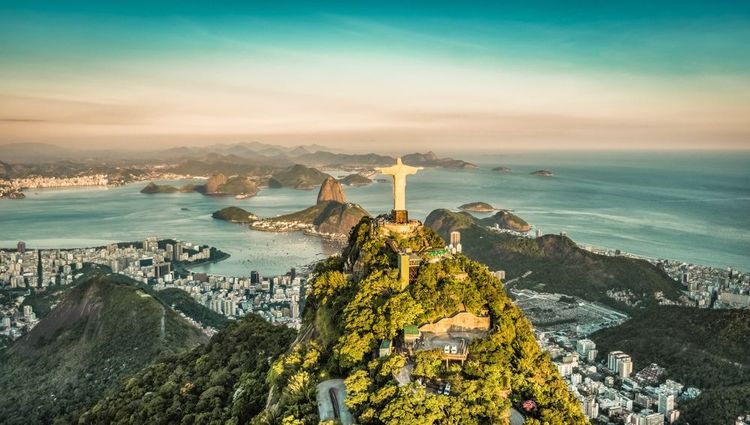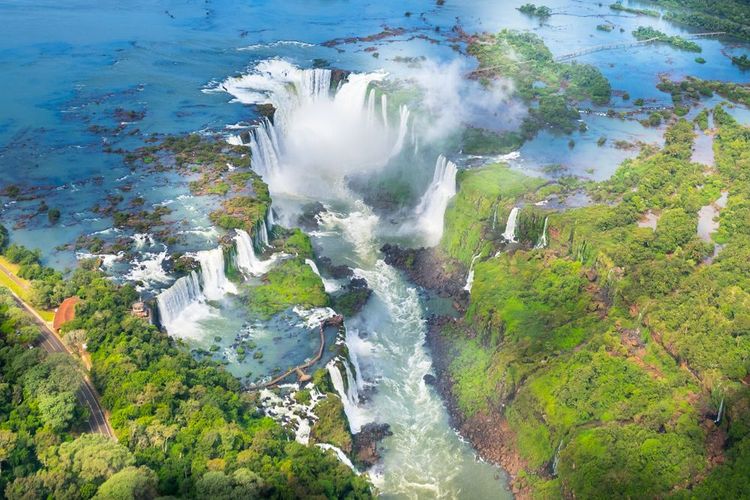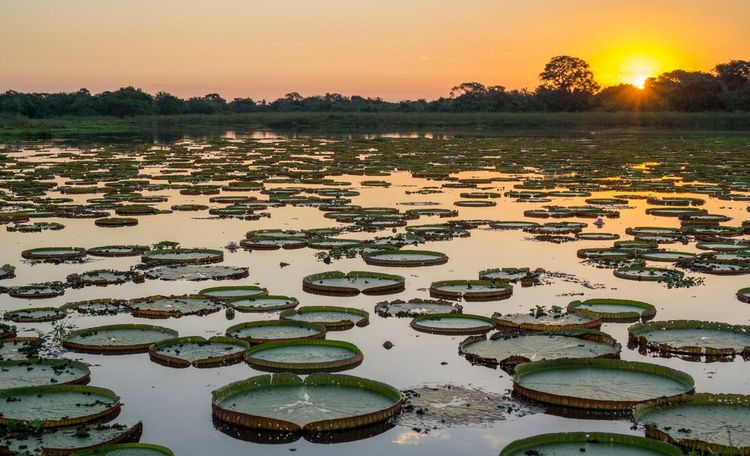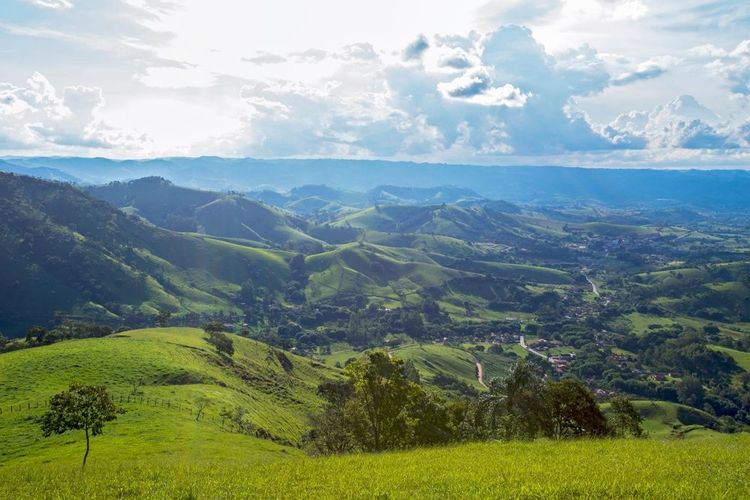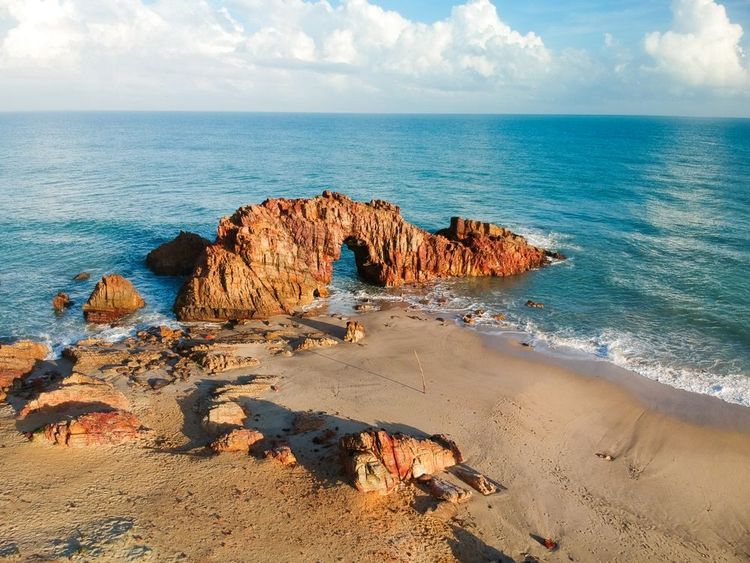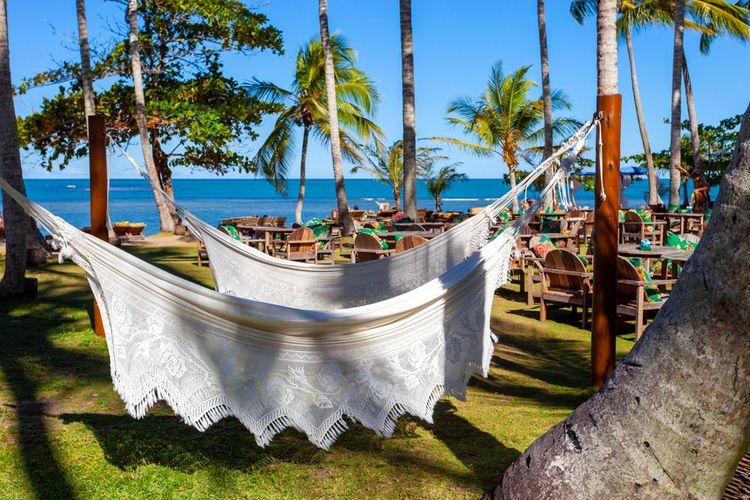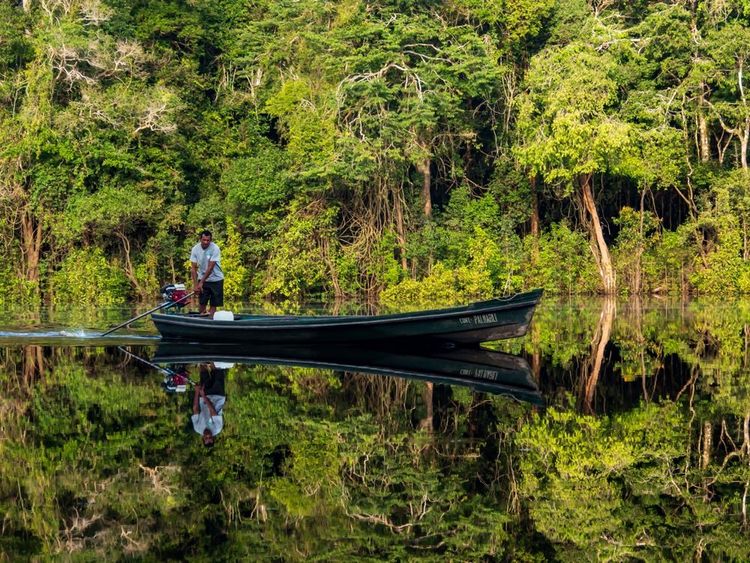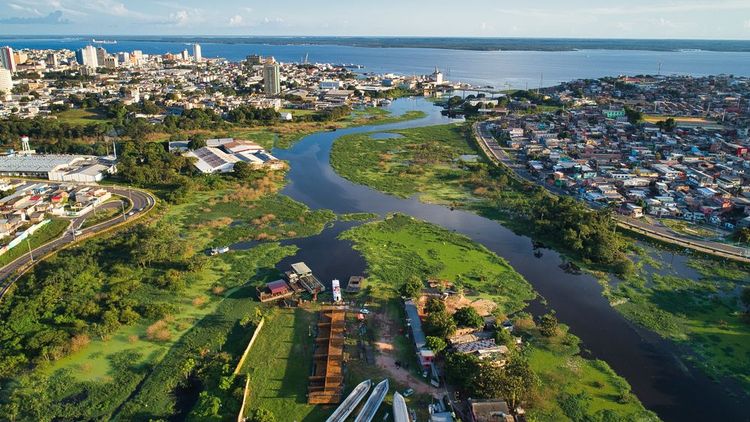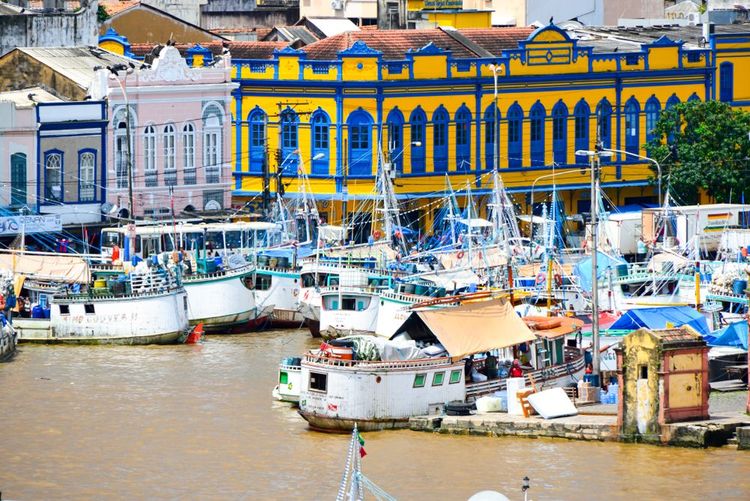Let’s start with the southern capital: Rio de Janeiro, a must-see for tourists entering Brazilian territory. Excluding the summer months of June, July and August as these are high rainfall periods, the best months to visit the Rio area are during the winter months, such as for New Years celebrations in January or February’s world famous Carnival month. Escape European winter and enjoy the South American summer at its finest, with the sun shining and temperatures varying between 25 and 31 degrees - absolute bliss!
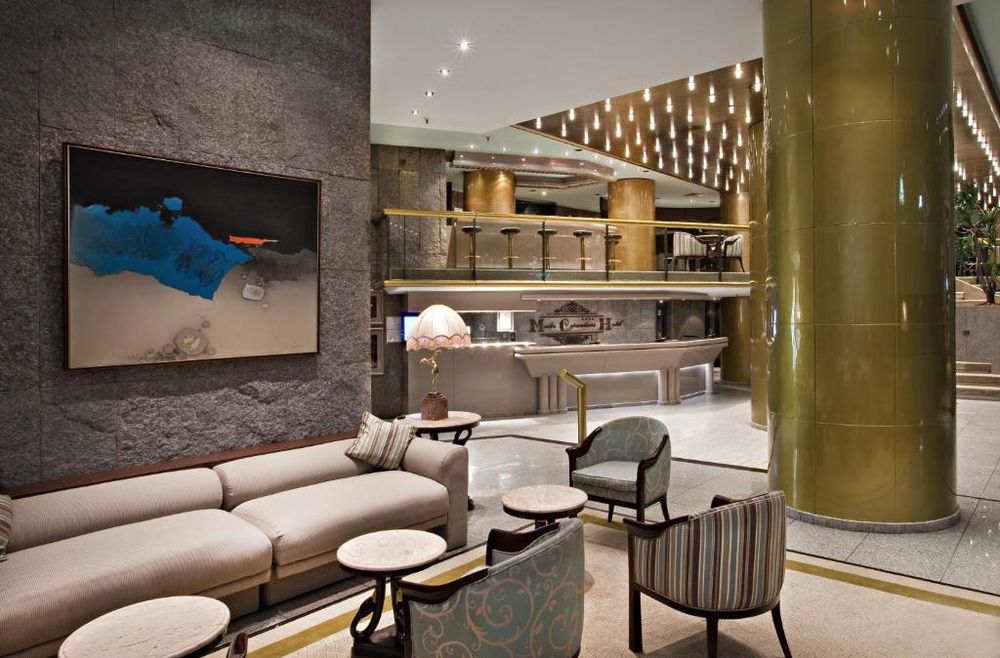 Rio de Janeiro
Rio de Janeiro
